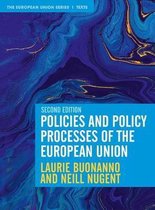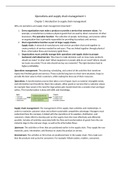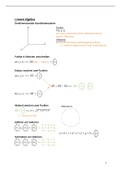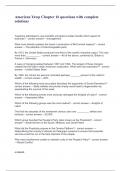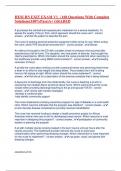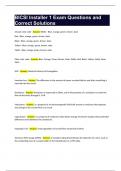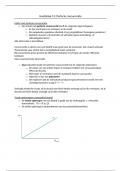Summary
European Union (EU) Politics - Summary
- Course
- Institution
- Book
This summary contains all the necessary basic information+ more in-depth information about the EU, its history, its institutions and its future. This comprehensive summary consists of all necessary information on the EU: its history, its institutions and its future. EU European Union Politi...
[Show more]

